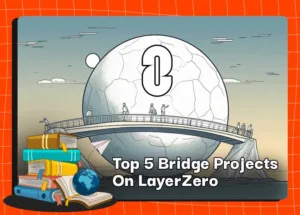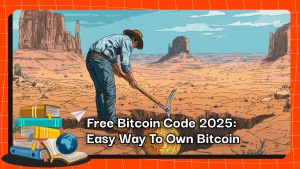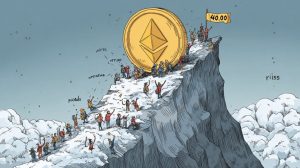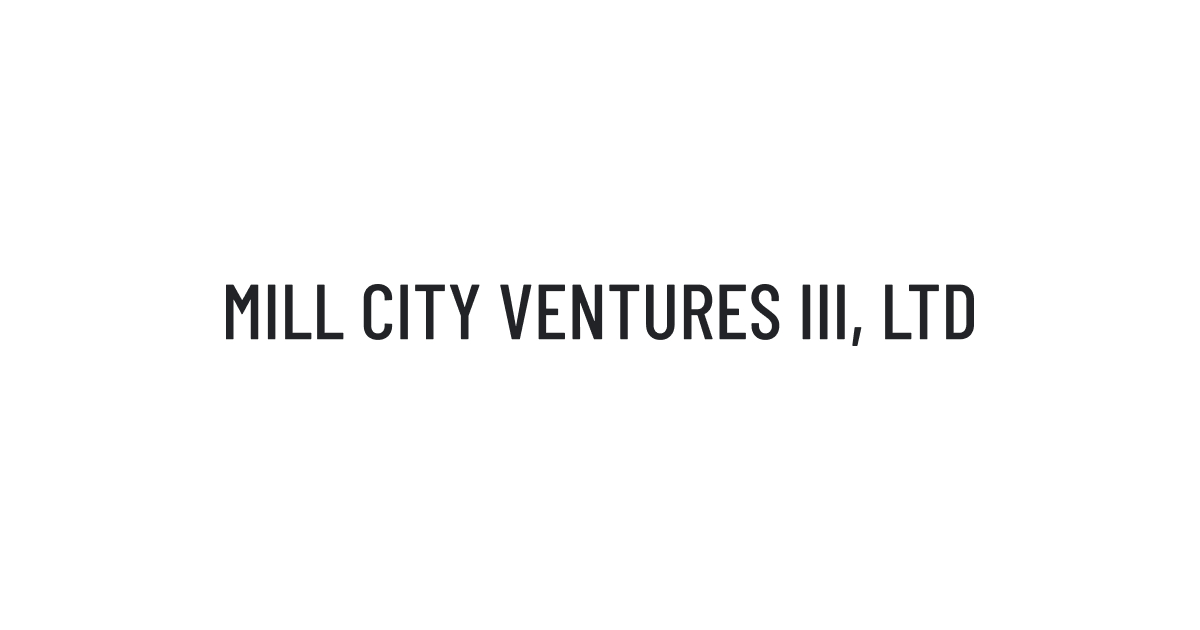Key Points:
- Ethereum-based layer-2 (L2) solutions were created as a result of the DeFi space’s explosion, which was primarily driven by Ethereum.
- A layer 1 solution and a layer 2 solution are very different from one another in terms of their focus on the blockchain and their respective roles.
- While layer 2 is nothing more than the construction of third party networks on top of the primary Ethereum blockchain, layer 1 is created to enhance the blockchain architecture. While layer 1, the primary framework, provides security, layer 2, the secondary framework, offers faster speed at lower prices: MATIC, LRC, ARBITRUM,OP, IMX.
Ethereum-based layer-2 (L2) solutions were created as a result of the DeFi space’s explosion, which was primarily driven by Ethereum.
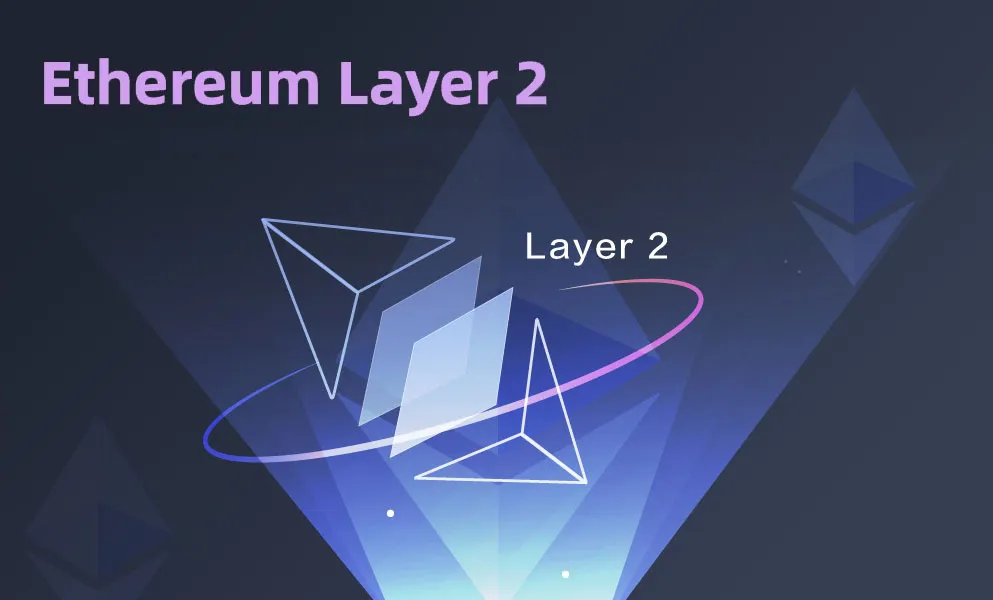
As a result, we witnessed Ethereum’s gears clog up frequently and cause a sharp increase in gas prices on the network. Due to their ability to bring increased transaction speeds and cheaper transaction costs, these L2 initiatives and their parallel blockchains have recently gained a lot of traction, attention, and usage.
A layer 1 solution and a layer 2 solution are very different from one another in terms of their focus on the blockchain and their respective roles.
While layer 2 is nothing more than the construction of third party networks on top of the primary Ethereum blockchain, layer 1 is created to enhance the blockchain architecture. While layer 1, the primary framework, provides security, layer 2, the secondary framework, offers faster speed at lower prices.
POLYGON (MATIC)
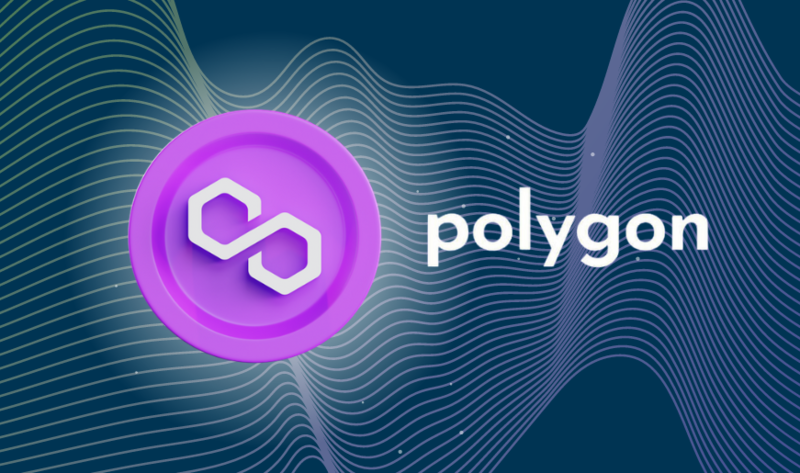
Polygon is undoubtedly one of the most popular L2 chains out there. By market capitalization, it is the most extensive Layer 2 solution powering Ethereum scaling and infrastructure development. The best benefit of using Polygon is that it is well-tested and developed, and it is already in use by many projects like Sushiswap, Aavegotchi, Chain Games, Quickswap, etc.
It also recently became the only blockchain firm to be selected for Disney’s accelerator program, and it has also become the home for many of the estranged NFT projects from the failed Terra LUNA blockchain ecosystem that imploded back in May 2022.
It grew viral thanks to its scalable nature and near-instantaneous transaction speeds. Each Polygon sidechain can theoretically achieve 2^16 transactions per block. According to some reports, the protocol has achieved up to 7,000 TPS on a single sidechain on an internal testnet. This is a vast contrast from Ethereum’s own speed of about 14 tps.
According to Defillama, Polygon currently has a total value locked of about $1.32 billion as of writing and had touched an all-time high of $9.89 billion back in June 2021.
LOOPRING (LRC)
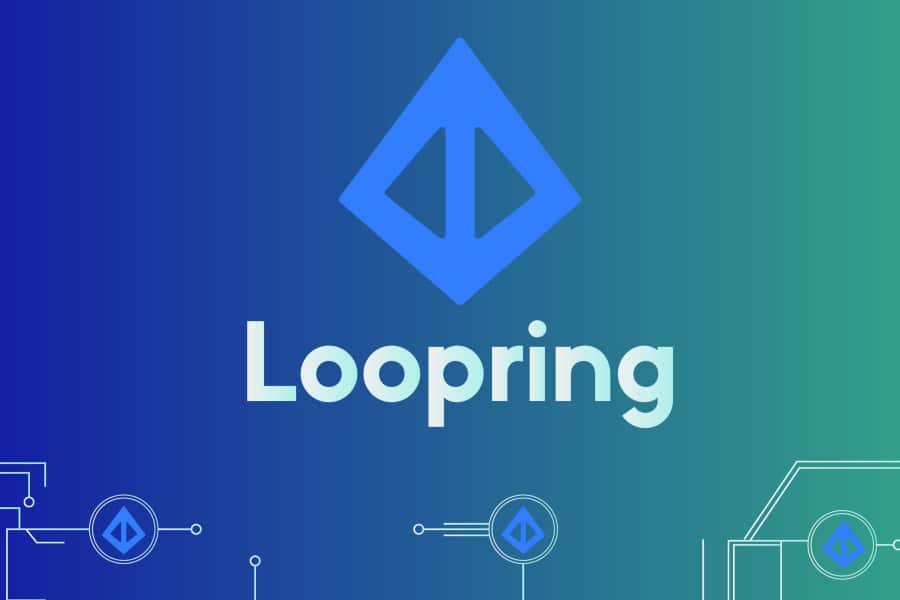
Founded by an ex-Google software engineer, Daniel Wang, Loopring is a L2 solution on the Ethereum blockchain that seeks to make trading assets and making payments on the Ethereum platform faster and cheaper without sacrificing security of the network. In more technical terms, Loopring is a protocol that is used for building non-custodial, orderbook based decentralised exchanges (DEXs) on Ethereum.
It processes and routes crypto trades in a decentralised manner by matching sellers and buyers at a specific price without ever requiring the possession of the buyers’ or the sellers’ funds.
Loopring could be confused with other DEXs like Uniswap or SushiSwap but here’s the difference. As mentioned earlier, Loopring is a L2 chain, which means it is built on top of the Ethereum mainchain (layer 1) – while Uniswap and SushisSwap are built directly on the layer 1.
Other than that, Loopring is also known for its use of zkRollups or zero knowledge rollups, which is unique to this L2 chain and very different from the likes of Arbitrum and Optimism.
ARBITRUM
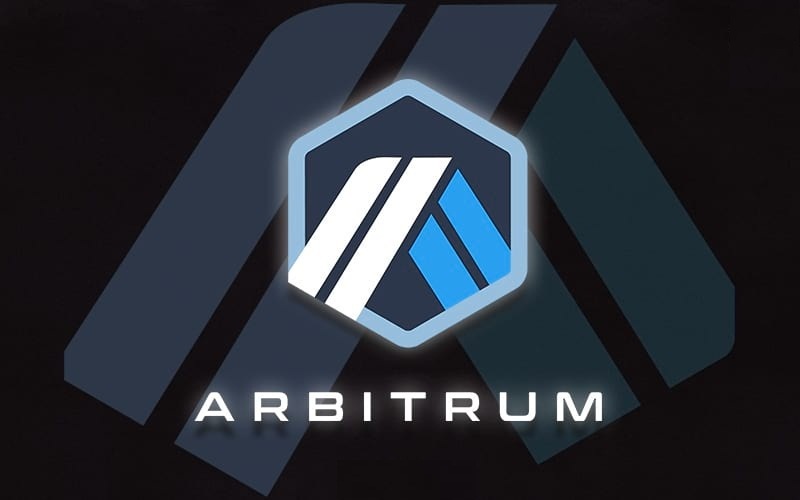
Arbitrum is a layer 2 project that has gained a huge popularity in the DeFi space, especially considering how recently it has been launched, back in May 2021. Founded by former US White House Chief Technology Officer, Ed Felton – Arbitrum is one of the fastest growing DeFi platforms in the market and is expected to even cross Polygon is this rate of progress continues.
However, peculiarly, unlike Polygon – Arbitrum doesn’t have its own token and hence doesn’t have any staking mechanism in place. Rather, it uses Ethereum’s main chain to verify transactions. Due to this functionality, Arbitrum’s gas fees happen to be slightly higher than that of Polygon’s but still less than Ethereum’s own gas fees.
Recently it even announced that it is parent entity, Offchain Labs, is taking over Prysm Ethereum Client – the team behind Ethereum’s leading consensus client.
According to Defillama, Arbitrum currently has a total-value-locked of about $1.08 billion as of writing and had touched an all-time-high of $2.64 billion back in November 2021.
OPTIMISM (OP)
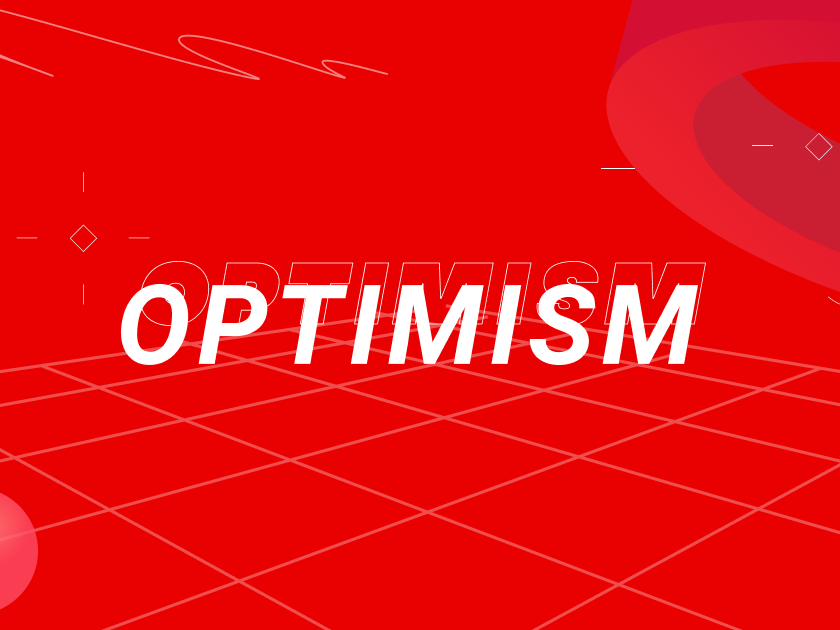
Quite similar to Polygon, Optimism is yet another effort at improving the speed of Ethereum transactions and cut costs by settling them on another parallel blockchain using data compression techniques. The unique differentiating factor of Optimism is its use of a new kind of scaling methodology called ‘optimistic rollups’ whereby multiple transactions are ‘rolled up’ into one transaction and settled on a different blockchain, receipts of which are fed back into the main Ethereum blockchain.
This ‘optimistic rollup’ is a kind of rollup that, as the name suggests, optimistically assumes that all transactions in the rollup are valid. Hence, by this method – the process is able to save a lot of time since individual transactions do not have to be submitted with direct proof of their validity.
Optimism was initially launched back in June 2019 and after a series of alpha testnets and iterations, the open mainnet was finally launched in December 2021. It has gained in popularity thanks to the fact that it is able to cut Ethereum gas fees by a hefty 129 times, according to Dune Analytics. Thus, this formes a good contender in the layer 2 space.
IMMUTABLE X (IMX)
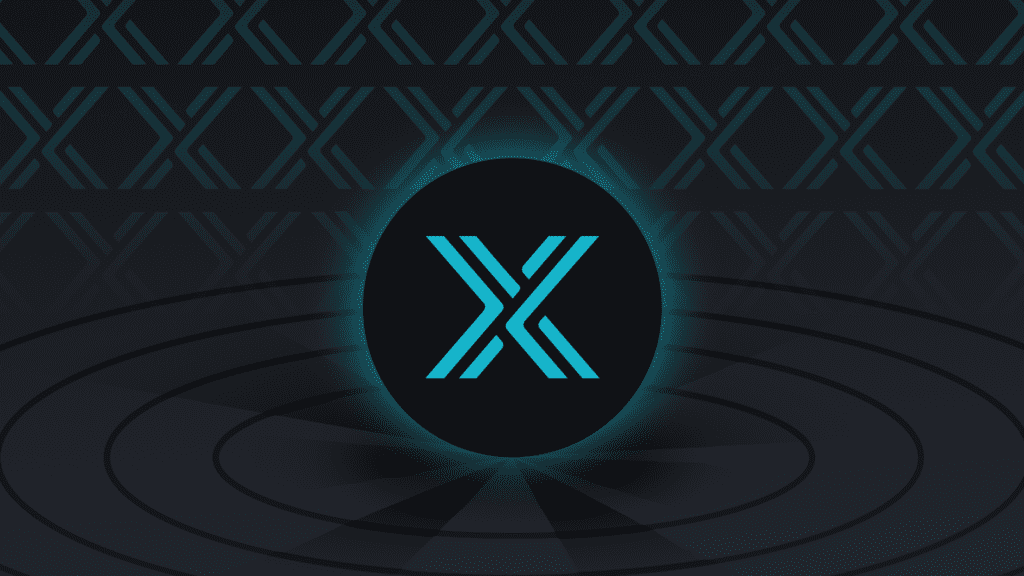
One of the most unique layer 2 solutions on this list, Immutable X is a blockchain platform that simplifies the creation of non-fungible token (NFT) projects for developers. The main objective of this protocol is to achieve security and scalability of the network without compromising on either of them.
It also strives to offer an exchange protocol that ensures NFTs are traded in a decentralised and open ecosystem secured by Ethereum’s blockchain technology. Immutable X uses a rollup technology offered by StarkWare. So, rollups are essentially systems that execute on-chain transactions outside layer 1 and thus are able to reduce fees and improve mass adoption and participation.
Immutable X protocol was co-founded by Robert and James Fergusen and the platform was launched by the company Immutable back in 2018. The company has also developed and published multiple NFT gaming projects such as Guild of Guardians and Gods Unchained.
XDAI CHAIN
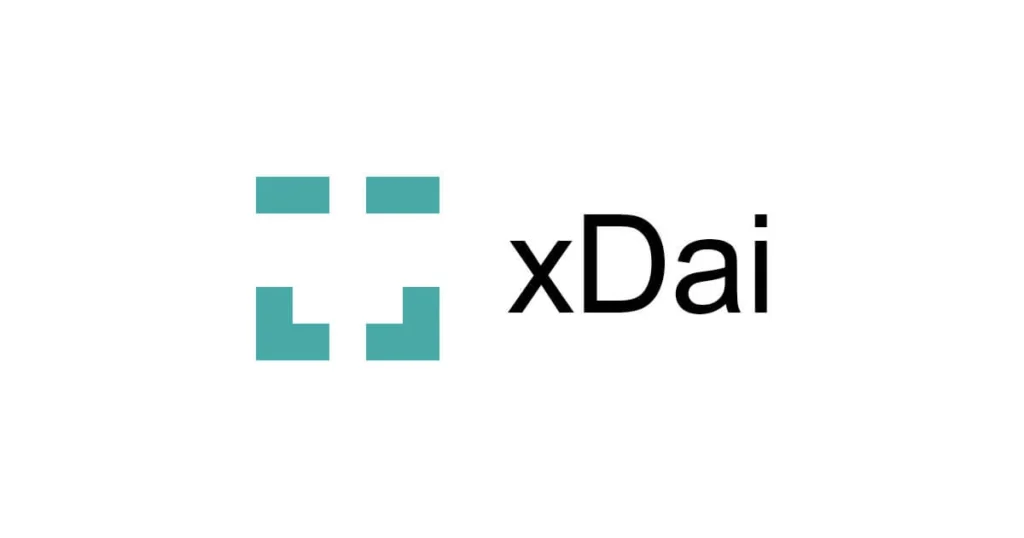
The xDai chain is an Ethereum network based sidechain that also happens to use the more energy efficient proof-of-stake (PoS) mechanism. It has been live since late 2018 and uses a stablecoin called xDai as its native crypto to run the blockchain. According to the project themselves, transactions on the xDai chain are “very fast, very inexpensive, and require a single token (xDai).”
As mentioned earlier, xDai is a stablecoin but it functions very differently from other stablecoins like Tether or USD Coin as while others operate on Ethereum, xDai chain has its own separate network.
However, it has been recently taken over by the Gnosis chain. So, Gnosis is an Ethereum Virtual Machine (EVM)-compatible blockchain network that also happens to use a proof-of-stake (PoS) consensus mechanism. Gnosis now uses xDai stablecoin to provide a means of reducing gas fees incurred on transacting on the main Ethereum network while also at the same time improving transaction speeds.
CONCLUSION
We now live in a world where DeFi is developing more quickly than ever before, and as a result, these platforms play an extremely important role in enhancing transaction speeds and lowering costs to make it more appealing and improve adoption among the general public rather than just in the tech community. Therefore, these initiatives must be examined and watched closely since they may completely alter the way that DeFi is practiced today.
DISCLAIMER: The Information on this website is provided as general market commentary and does not constitute investment advice. We encourage you to do your own research before investing.
Join us to keep track of news: https://linktr.ee/coincu
Website: coincu.com
Annie
Coincu News








